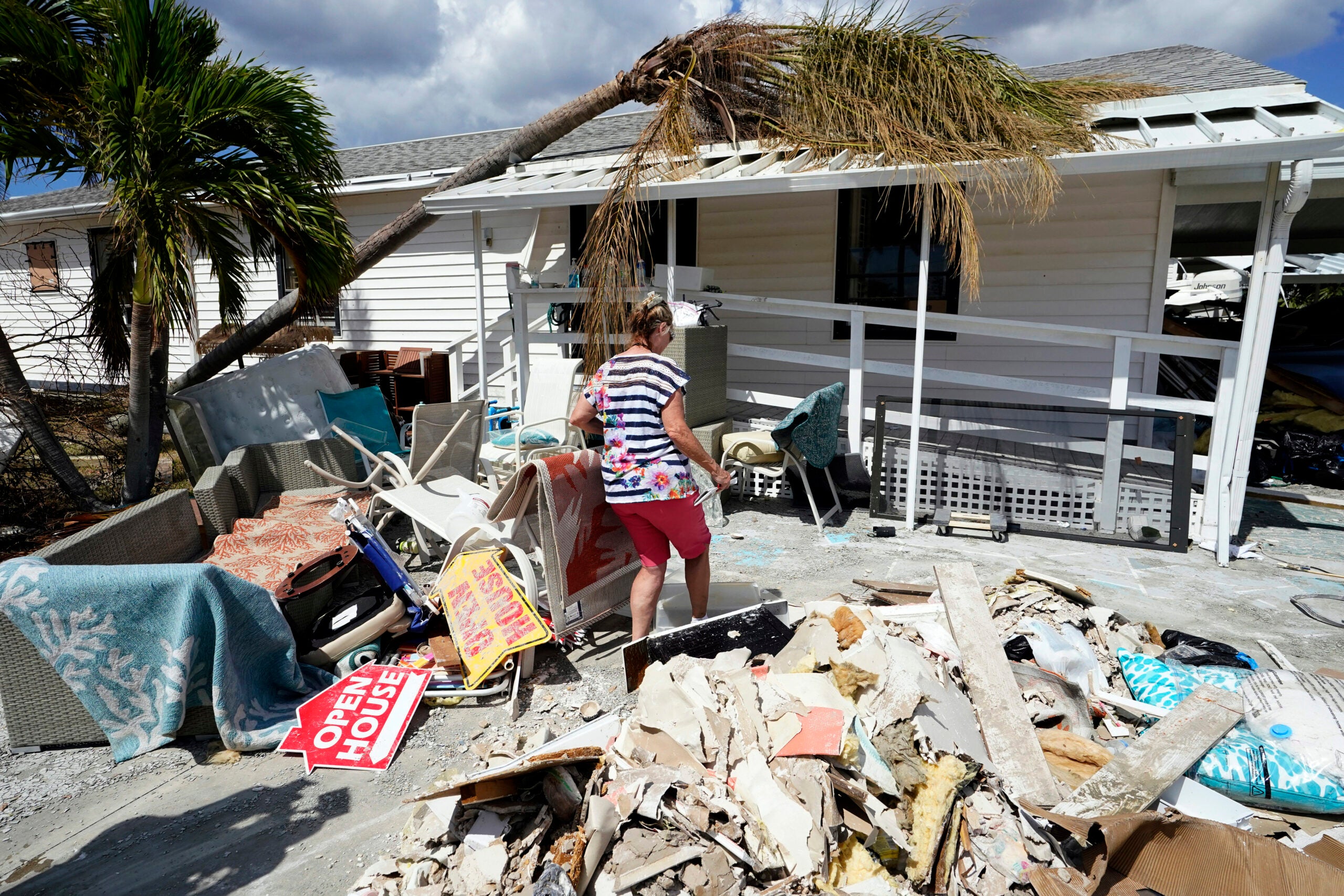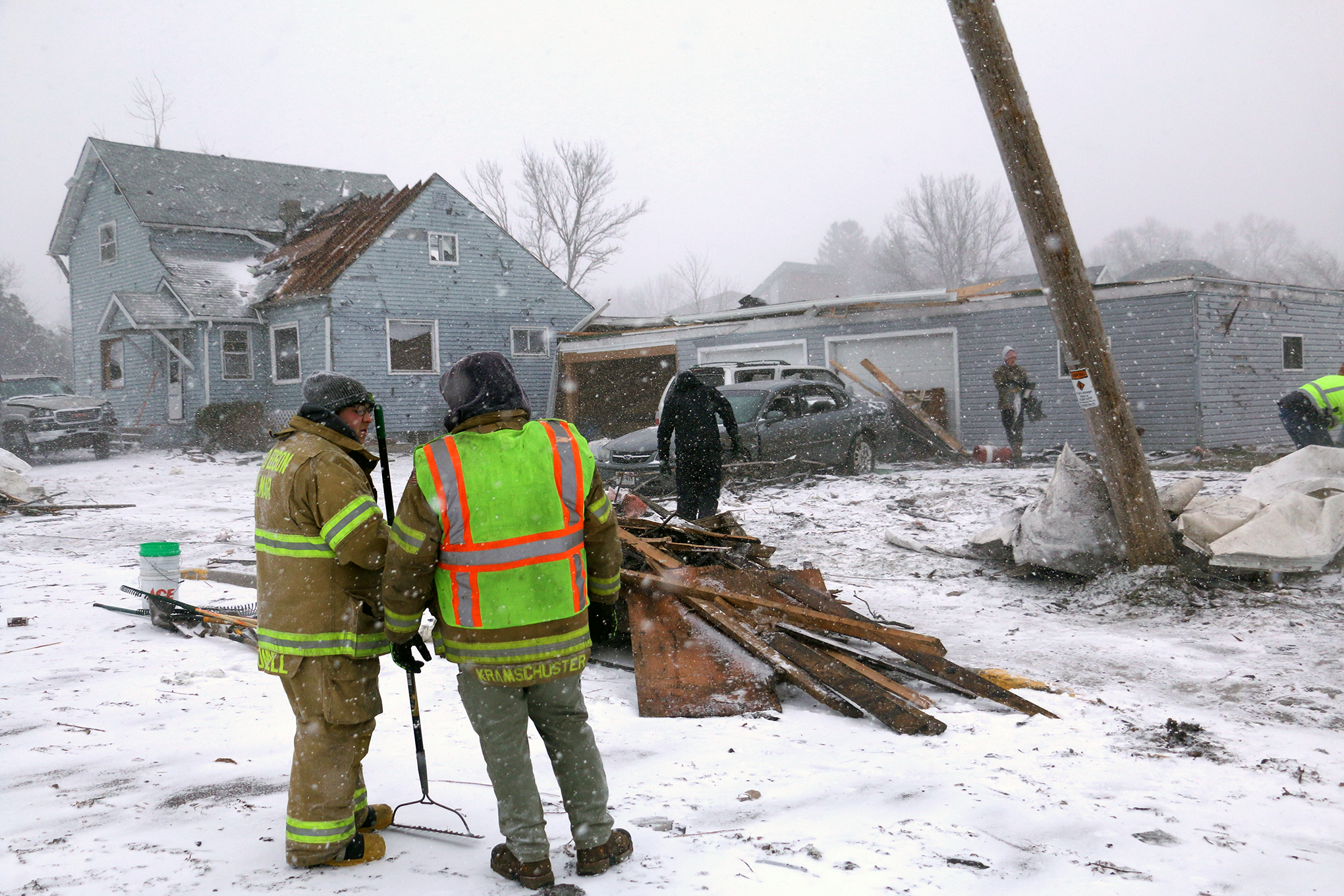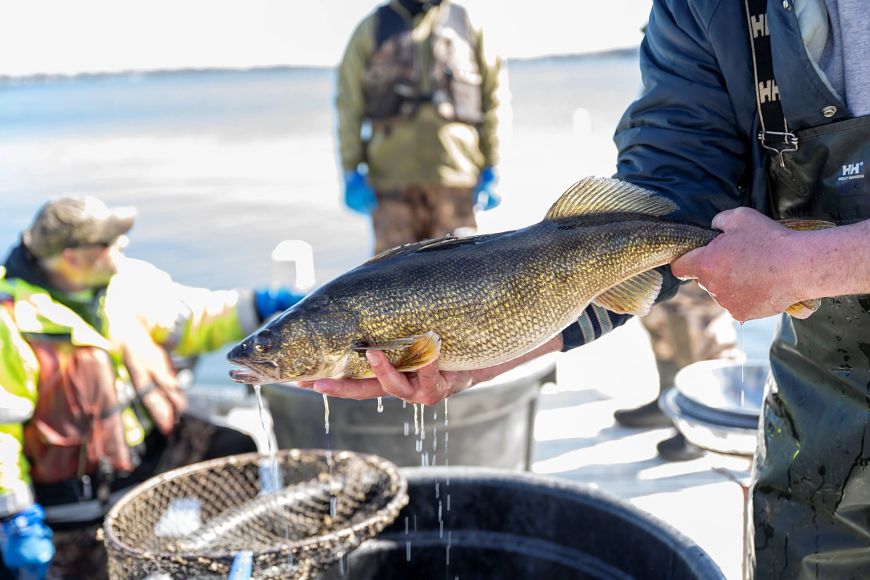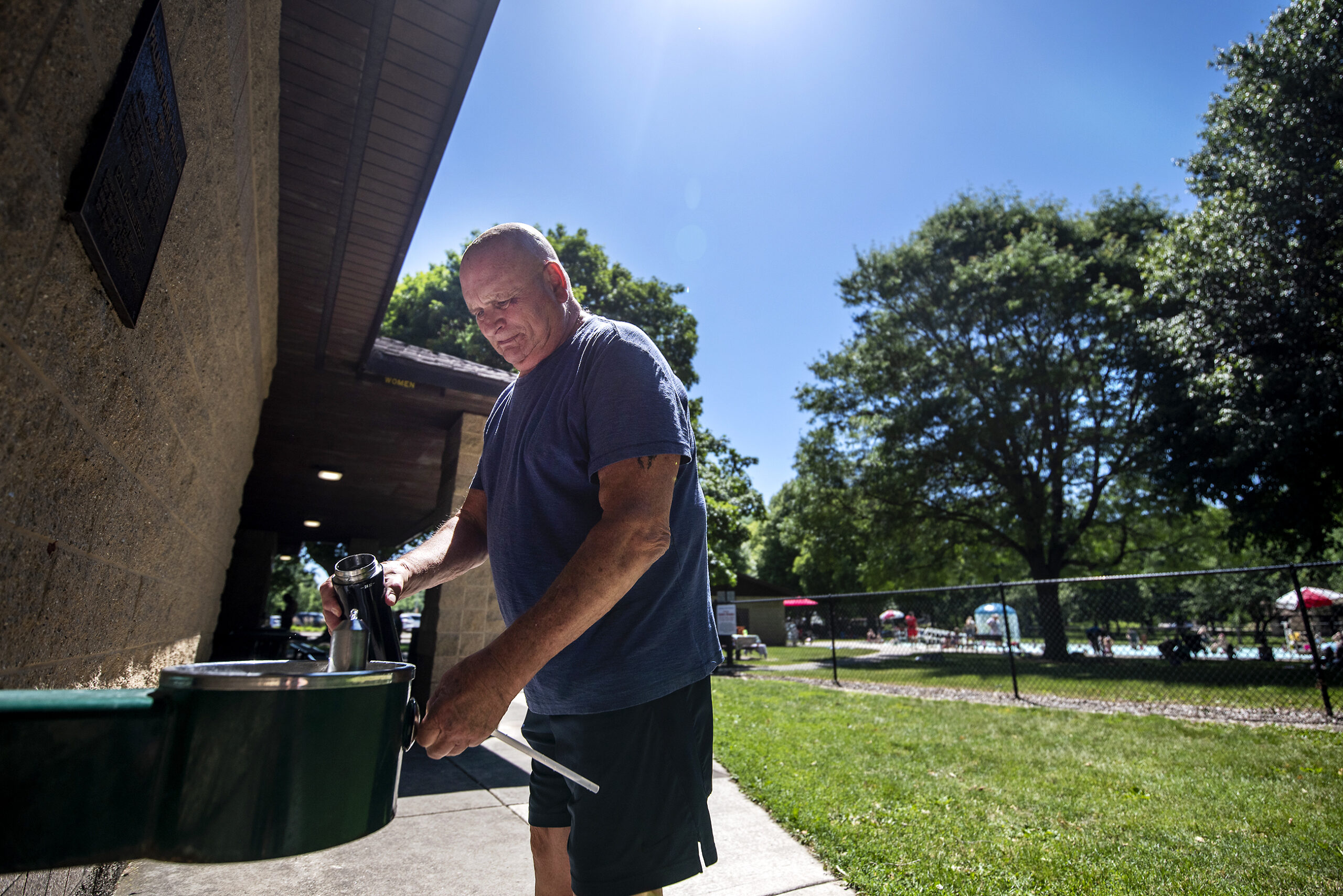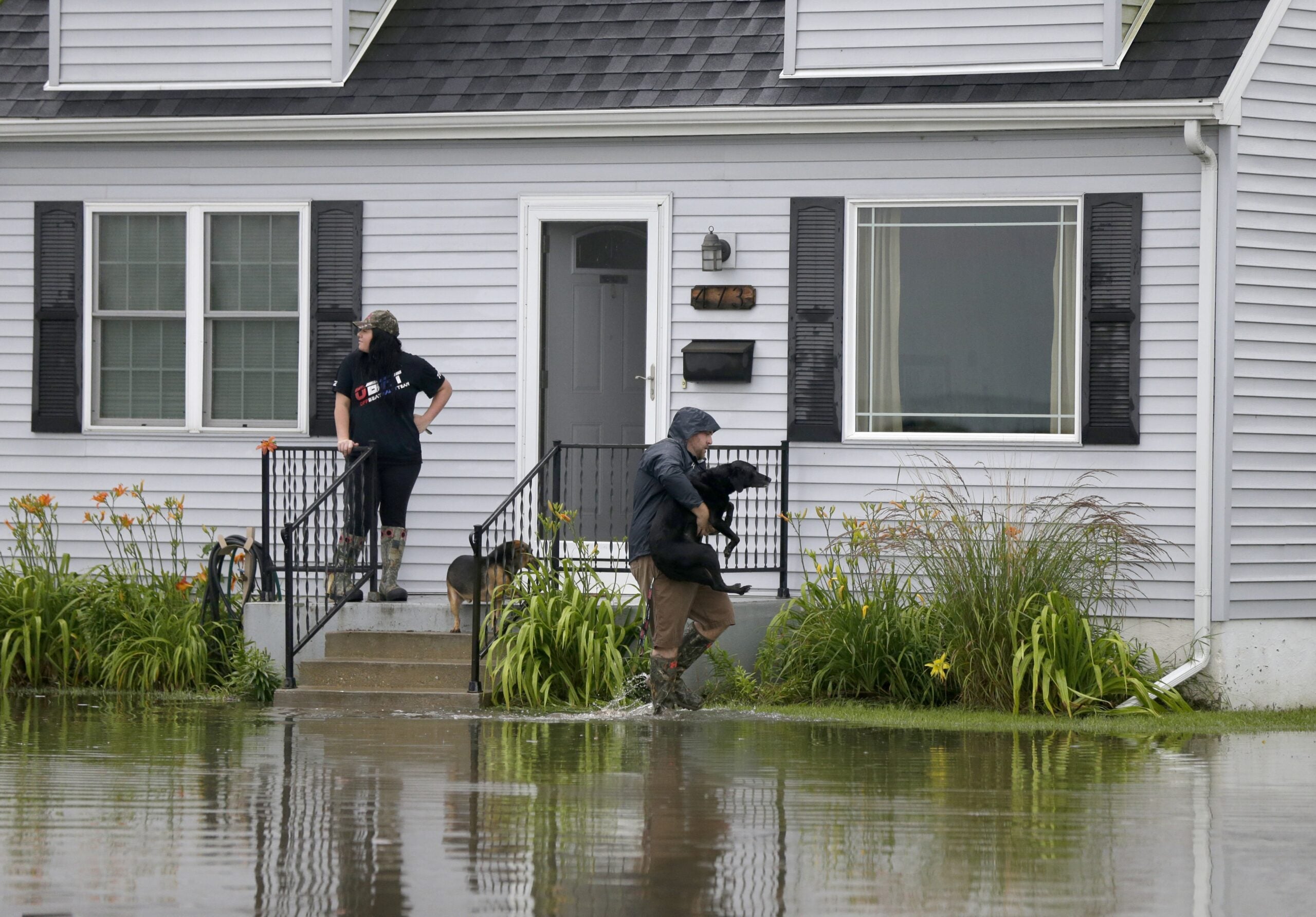As scientists say climate change will make extreme weather become more severe or frequent, some futurists predict that could also drive more migration to Wisconsin and other Midwest states.
The recent devastation brought about by Hurricane Ian displaced tens of thousands, marking just one example of how climate change could prompt people to relocate.
Parag Khanna is the CEO of Climate Alpha and author of the book, “Move: Where People Are Going for a Better Future.” Climate Alpha uses modeling and artificial intelligence to find where investing in real estate through 2040 makes sense amid climate change.
News with a little more humanity
WPR’s “Wisconsin Today” newsletter keeps you connected to the state you love without feeling overwhelmed. No paywall. No agenda. No corporate filter.
Appearing Friday on Wisconsin Public Radio’s “The Morning Show,” Khanna said Americans should be encouraged and incentivized to relocate to places that are more climate resilient. He said assets in vulnerable locations will depreciate over time as people move away, but homes in these spots will nonetheless require more investment — both public and private.
“If you want Americans to continue to even be able to attain the American dream, which is an appreciating home over time, that home is going to need to be in a more climate resilient place,” he said. “So, it’s something that is genuinely utilitarian. It’s in the best interests of Americans that we steer the markets and individuals to think about relocating to more stable areas.”
Khanna went on to discuss his thoughts on the Midwest’s resiliency and what it means to leave home.
The interview was edited for clarity and brevity.
Kate Archer Kent: What does the Midwest and cities like Milwaukee, Minneapolis and Columbus have to offer when you look at your data?
Parag Khanna: Very qualified people, including our own models, have pointed out that these locations should appreciate more over time, given their readiness, lower climate risk and the increasing infrastructure investment that is promoting the overall readiness to withstand climate risk in those locations.
It’s not just about the cities that are on the map today, that are prominent today. History is all about the movement of people from one place to another over time, either gradually or suddenly. There are smaller places on the map that aren’t in that list of top 10 this and top 10 that. A lot of Americans during COVID moved to smaller towns, towns that you and I have never heard of, and states that we haven’t traveled to lately.
That’s also part of the story. So, the answer isn’t just move to Columbus, Minneapolis, Duluth (or) whatever the case may be. The answer is (to) think about the economy, social characteristics and climate of many different options that are available all across the Midwest region.
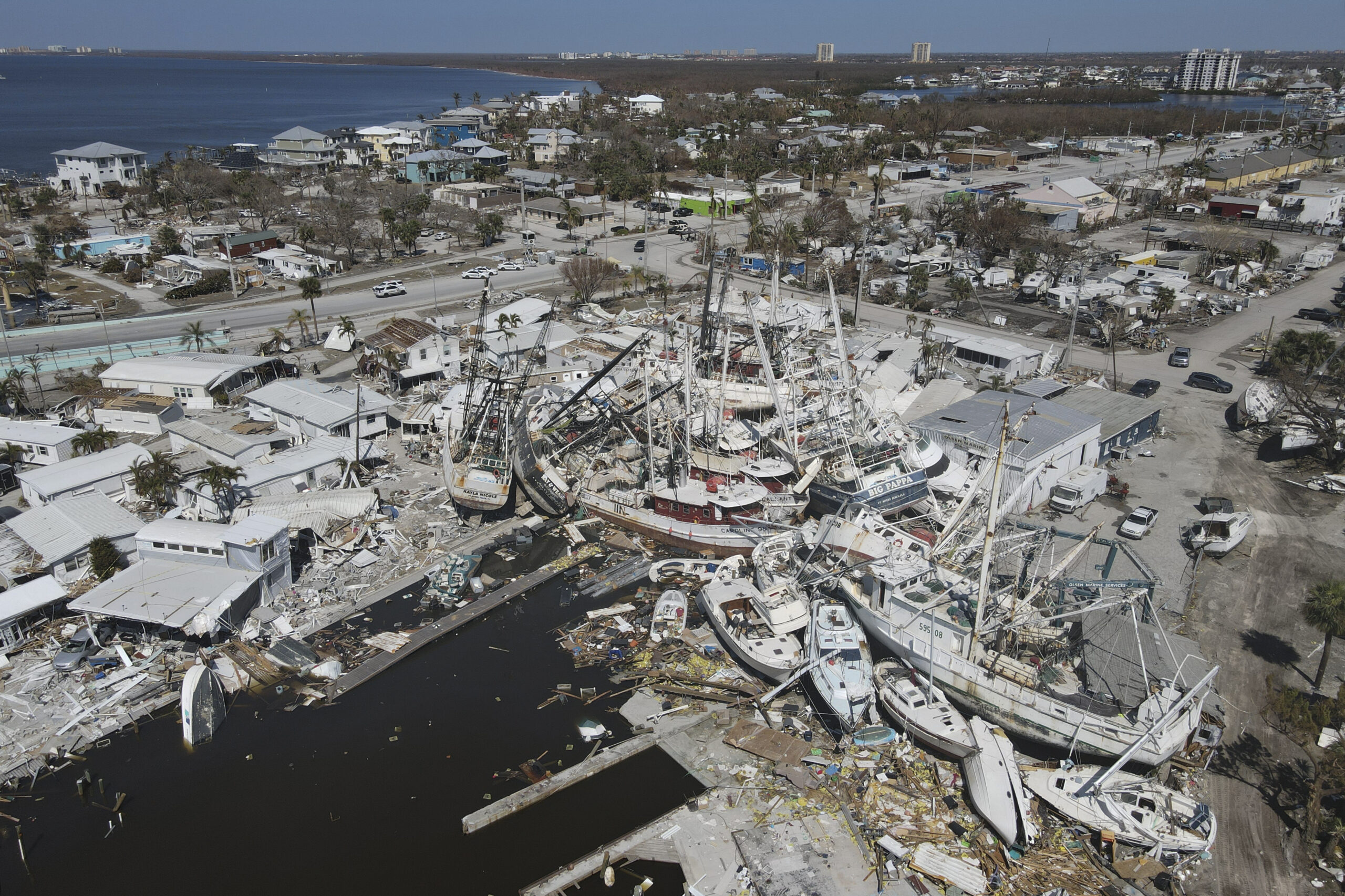
KAK: To move away suddenly or unexpectedly is asking a lot. What do you think about that?
PK: The only thing that’s deeper than that sense of home is our instinct for survival — fight or flight. I would argue against anyone that you would ultimately prefer to survive than die in place, at least for 90 percent of people. So, I’m appealing to that.
Again, it’s literally human nature (to) fight or flight. It’s actually mammalian nature, not just human nature, to want to survive and be in a safe place. And if it means that you’re one of the unfortunate people who is in a place that’s no longer livable, then your home is no longer there. But be grateful. It’s a huge country that we have, America. There are many places you can be that are not that far away.
(On) Hurricane Ian, let’s bear in mind that (12 miles) inland from Fort Myers were places that were relatively untouched. So, we’re not talking about picking up and moving to another country, which is what most refugees actually have to do.
So in the grand scheme of things, (and) as regrettable as it is that we are in this situation, I’m not being flippant. But you don’t necessarily in America have to move very far from where you are to be in a resilient place. We should be extremely grateful for that fact.
KAK: What are the top regions to invest in the world?
PK: To answer that question, you (can’t only have) climate models because they might tell you parts of Russia are going to be very livable in the 21st century. I don’t see a lot of people moving to Russia right now.
It’s a lot more than just climate. What we’ve done is take all the climate data but also the property market data — the transaction history, the valuation data — and then the socioeconomic (data) and demographics. Where is life expectancy strong? Where is economic growth? Where are people moving to because of COVID and remote work, climate change, investment coming in, job creation, technology, quality of life (or) low crime?
We take hundreds of those data sets, and we engineer them together to get a holistic picture of what’s a good place. And a good place is not just a place where it’s either sunny or where you’re not at risk of sea-level rise. It takes a lot more for a place to be a desirable place … America has lots of them. Canada has lots of them. All over the world, they’re there.
So, we’re measuring things like the proximity of people to resilient places, the cost of living in those places, the climate resilience of those places. And we don’t just come with the answer like, “This is the best place.” It’s what is the best place for you based upon where you are — the proximity to livable places and the costs or affordability of those places. So, the answer is many, many answers.
Wisconsin Public Radio, © Copyright 2025, Board of Regents of the University of Wisconsin System and Wisconsin Educational Communications Board.

